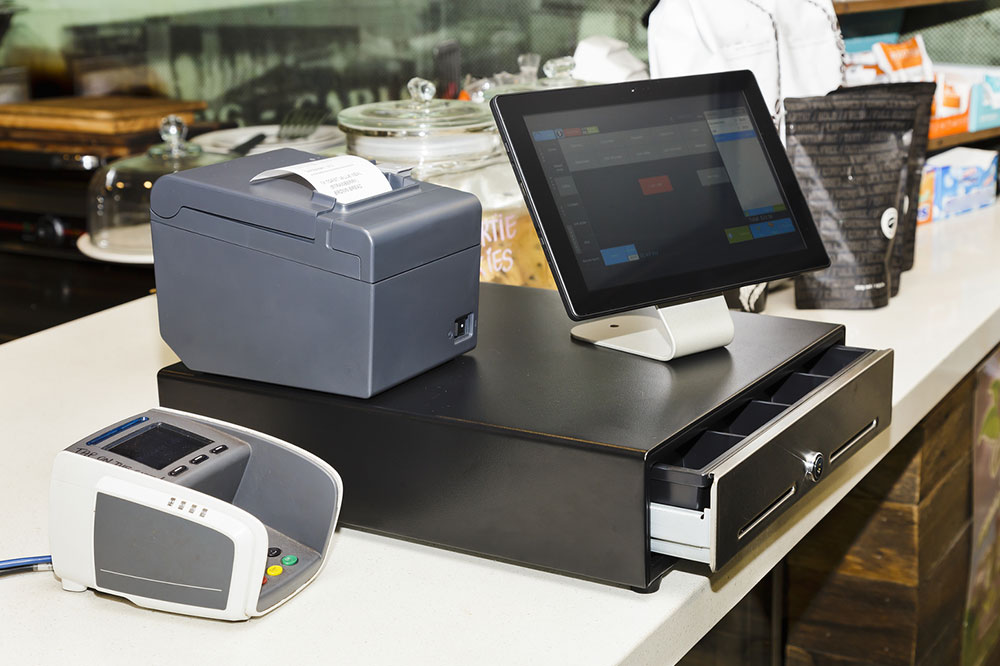Complete Guide to Mastering Inventory Control for Business Success
Discover the ultimate guide to inventory control, exploring modern systems, key features, top software options, and best practices to enhance stock management and streamline operations effectively. Perfect for businesses seeking to optimize their supply chain and reduce costs.

Complete Guide to Mastering Inventory Control for Business Success
Effective inventory management is a cornerstone of successful business operations across various industries. An advanced inventory control system is a comprehensive digital platform that helps organizations oversee their stock levels, purchase orders, sales, deliveries, and other critical logistics activities. Such systems have become essential in sectors like manufacturing, retail, warehousing, and distribution, as they streamline operations and enhance inventory accuracy. This guide explores the importance of inventory control, the key features of modern inventory management systems, and best practices to optimize stock handling, reduce costs, and improve overall efficiency.
Implementing a robust inventory control system means transitioning from manual record-keeping—such as paper logs and spreadsheets—to automated, real-time data management. This shift not only minimizes human error but also provides a centralized view of all inventory data. Organizations depend on these systems to prevent overstocking, which ties up capital and increases storage costs, and stockouts which can lead to sales losses and dissatisfied customers. Core components of an efficient inventory control system include reorder points, asset tracking, product identification, demand forecasting, and stock optimization techniques. Together, these elements work to maintain an accurate, real-time overview of goods and materials, thus supporting timely decision-making.
Here's in-depth information about the essential features and advantages of inventory control systems.
Key Features of an Effective Inventory Control System
Each item within the system is uniquely identified, often using barcodes, asset tags, or RFID tags, enabling easy tracking and identification.
Hardware tools such as handheld scanners, barcode readers, and mobile devices equipped with scanning apps are used for quick and accurate data entry.
The system maintains a centralized database that consolidates all inventory data, facilitating seamless data analysis and reporting.
Demand forecasting tools predict future inventory needs based on historical sales data, seasonality, and market trends.
Inventory policies, including FIFO (First-In, First-Out), LIFO (Last-In, First-Out), ABC analysis, and JIT (Just-in-Time), ensure effective stock rotation and management.
Procedures for labeling, stock counting, and reporting are documented and standardized to ensure consistency across teams.
Advantages of Using a Modern Inventory Control System
Adoption of a dedicated system helps eliminate chaos often caused by manual record-keeping, reducing errors and discrepancies.
It offers real-time, centralized tracking of assets, stock levels, supplier information, and reorder status, leading to better management and planning.
Visibility into product location, supplier data, and stock trends allows businesses to optimize inventory turnover and prevent overstocking or stockouts.
By analyzing movement patterns, companies can identify fast-moving items to ensure timely reordering, and slow-moving stock to minimize dead inventory.
Enhanced inventory control leads to better cash flow management, reduced storage costs, lower labor expenses, and minimized waste due to obsolete stock.
Operational transparency improves supplier relationships and enables more accurate demand planning.
Understanding Warehouse Inventory Management
Warehouse management systems (WMS) focus on location-based tracking, ensuring rapid retrieval and efficient storage of goods.
Features include multi-location inventory tracking, advanced barcode or QR code scanning, shelf and bin management, and order picking support.
The system simplifies reordering processes, inventory audits, and restocking thresholds to prevent shortages.
These systems help optimize space utilization within warehouses and improve turnaround times for order fulfillment.
Top Inventory Management Software Solutions
Zoho Inventory: Known for its user-friendly interface and seamless integration with various e-commerce platforms.
HDPOS Smart Accounts and Billing: Popular in retail, offering comprehensive point-of-sale and inventory features.
MARG ERP 9+ Inventory System: A robust option suited for manufacturing and wholesale businesses.
CAMS Exact: Provides detailed inventory tracking and financial integration.
Astral Inventory System: Ideal for small to medium-sized enterprises seeking affordable, efficient inventory management.
EAMbrace Inventory: Advanced asset management capabilities with scalable features.
Best Practices for Effective Inventory Control
Establish clear and consistent location identifiers, labels, and unique item IDs to streamline tracking processes.
Define standard units of measurement, initial stock counts, and inventory policies to maintain data integrity.
Select software that accurately and efficiently monitors inventory activity, providing real-time insights.
Develop comprehensive company policies supported by trained personnel to ensure uniformity and accountability.
Implement an integrated setup that aligns processes, technology, and personnel, fostering continuous improvement.





